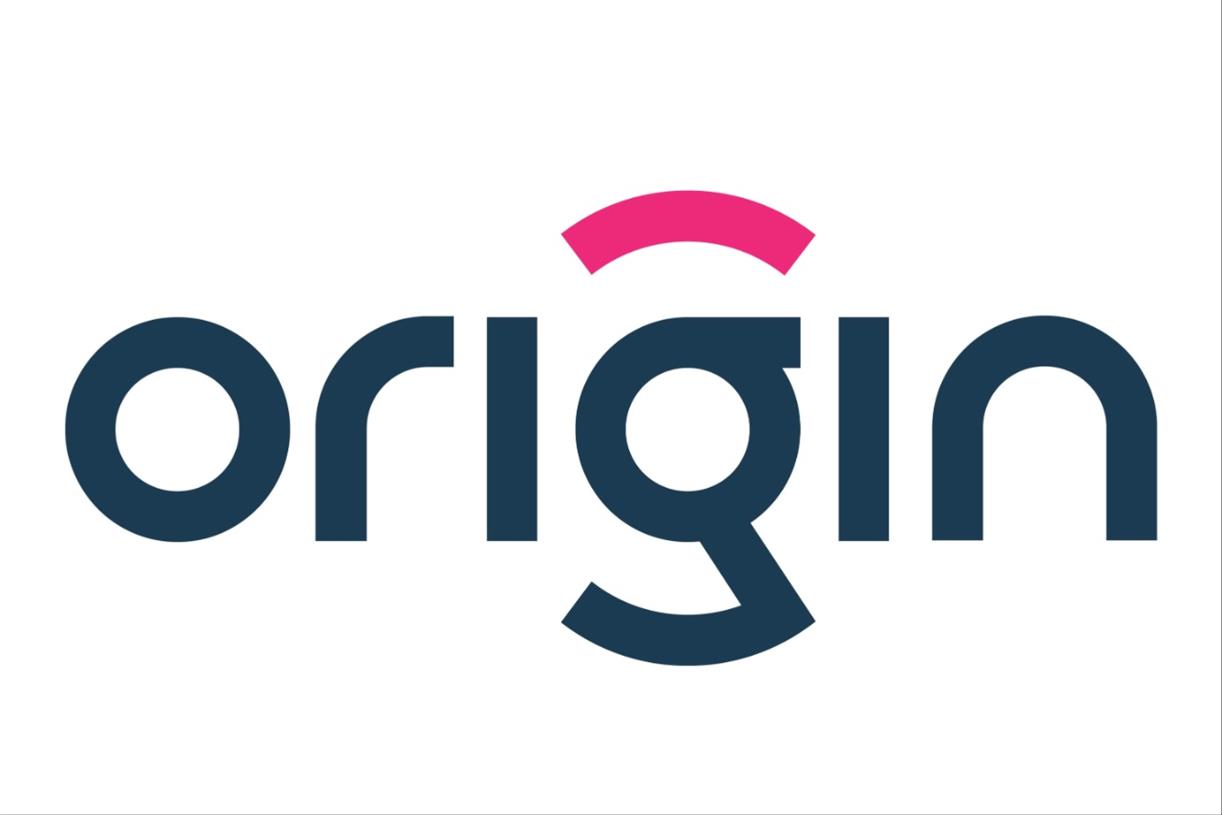Consider this move before rolling company stock from your 401(k)
Those retiring with company stock in their 401(k) may consider this move to reduce future taxes. Here’s what to know before rolling over the balance to an IRA.

As the market soars and more older workers retire, those sitting on appreciated employer stock in their 401(k) plans may have an opportunity to pay lower taxes on part of that growth.
The strategy, known as net unrealized appreciation, or NUA, allows someone to lock in lower capital gains rates rather than paying income taxes on a portion of employer stock appreciation.
Although President Joe Biden has proposed levy hikes on the wealthy, income tax rates for top earners are currently 37%, whereas capital gains peak at 20%, offering the potential for future savings.
The biggest mistake is not completing the transaction all in one calendar year.
Brian Schmehil
Director of wealth management at The Mather Group
However, the chance to secure NUA disappears when someone rolls employer stock from their 401(k) to an individual retirement account, which is a common mistake, according to financial experts.
"NUA is potentially one of the biggest transactions someone will make in their life and can be one of the costliest if not done correctly," said Adam Wojtkowski, certified financial planner at Smith Salley & Associates in Walpole, Massachusetts.
Moreover, NUA may not be suitable for all investors. Here's what to know before attempting this.
How NUA works
Someone may only leverage NUA by taking a lump-sum distribution, meaning they empty their 401(k) within a single tax year. The transfer must happen after a "triggering event," such as the account owner's death, disability, leaving a job after 55 or turning 59½.
"The biggest mistake is not completing the transaction all in one calendar year," said Brian Schmehil, CFP and director of wealth management at The Mather Group in Chicago.
For example, let's say someone is retiring with company stock in their 401(k) worth $300,000, and the value was $100,000 when their employer made the contribution.
If they are in the 32% tax bracket, they will owe $32,000 in income taxes on the $100,000 when transferring the stock from their 401(k) to a brokerage account.
However, they will pay long-term capital gains on the NUA worth $200,000, which is the stock's value on the date of the distribution ($300,000) minus what their employer contributed ($100,000).
Any growth after that would be short-term or long-term capital gains, depending on how long they wait to sell the stock.
If they have additional non-employer stock in their 401(k), they may roll the remaining balance into an IRA and they will pay ordinary income taxes upon distribution.
Other factors to consider
Although NUA may offer significant tax savings, investors need to weigh the pros and cons before making any moves, financial experts say.
NUA may not pay off without sufficient stock growth before the transfer. There's also a risk of continuing to hold large amounts of employer stock in retirement, said Schmehil.
"The tax benefits could completely go away if that stock doesn't perform well," he said.
More from Portfolio Perspective:
Values-based investing can be difficult to screen
Do’s and don’ts during a stock market sell-off
This investment option can provide protection against inflation
Investors also need a plan for paying income taxes in the year of the transfer, Wojtkowski said.
For example, someone may complete the rollover at the end of the year and then sell shares at the beginning of the following year to cover the tax bill.
Moreover, investors must track their NUA after the transfer to ensure it receives proper tax treatment when they sell, Schmehil added.
Don't try to do it yourself
While it may be tempting for someone to decide on their own, experts agree it's critical to weigh the consequences with a financial advisor or tax professional with NUA expertise.
"It's nearly impossible for the average investor retiree to make the right decision," Schmehil added.

 JimMin
JimMin 
































